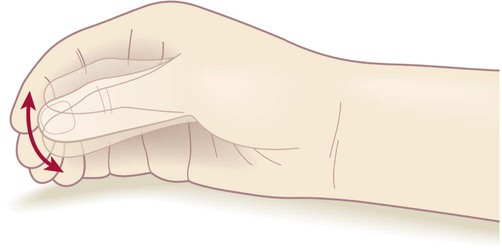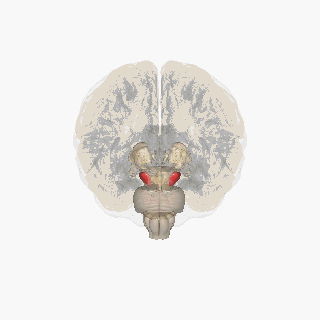MRi is a new way to diagnose ALS. It replaces the unreliable practice of old school neurologists with instantaneous, factual information.
Yet there is a need of specialists to analyze MRi pictures. In the long term it will disrupt the way neurologists work, and they may take a back seat in their relation with neurodegenerescent patients.
MRi also reintroduces anatomy in the global picture and scientists may notice what is obvious to patients: That muscle wasting is a central feature of ALS, and not a epiphenomenon.
MRi brings also a new vocabulary, T1, T2, relaxivity, FLAIR, STIR, STRATE.
 Source: KieranMaher at English Wikibooks
Source: KieranMaher at English Wikibooks
T relaxivity contrast imaging may serve as a potential imaging biomarker for amyotrophic lateral sclerosis by noninvasively quantifying the tissue microstructure.
In this preliminary longitudinal study, the authors investigated the Transverse Relaxivity at Tracer Equilibrium (TRATE, an MRI technique) in three muscle groups between SOD1-G93A rat and a control population at two different timepoints. The control group was time matched to the Amyotrophic Lateral Sclerosis group such that the second timepoint was the onset of disease. Other groups have as well experimented this new way to diagnose ALS with MRi on muscles.
They observed a statistically significant decrease in TRATE over time in the gastrocnemius, tibialis, and digital flexor muscles in the SOD1-G93A model, whereas TRATE did not change over time in the control group.
Immunofluorescent staining revealed a decrease in minimum fiber area and cell density in the SOD1-G93A model when compared to the control group. These microstructural changes observed from histology align with the theorized biophysical properties of TRATE.
The scientists here demonstrate that TRATE can longitudinally differentiate disease associated atrophy from healthy muscle and has potential to serve as a biomarker for disease progression and ultimately therapy response in patients with Amyotrophic Lateral Sclerosis.
Let's hope the usage of MRi whill shorten the diagnosis "black hole" that characterize old school neurologists practice.
Let's hope MRi will help to shift the paradigm of "ALS as a Motor Neuron Disease". Many signs hint a a disease striking the skeletal muscles as well, including the presence of TDP-43 aggregates.
Read the original article here


 ‘Pill-rolling’ rest tremor as found in Parkinson’s disease.
‘Pill-rolling’ rest tremor as found in Parkinson’s disease. Source Wikipedia: FrozenMan - Own work
Source Wikipedia: FrozenMan - Own work
